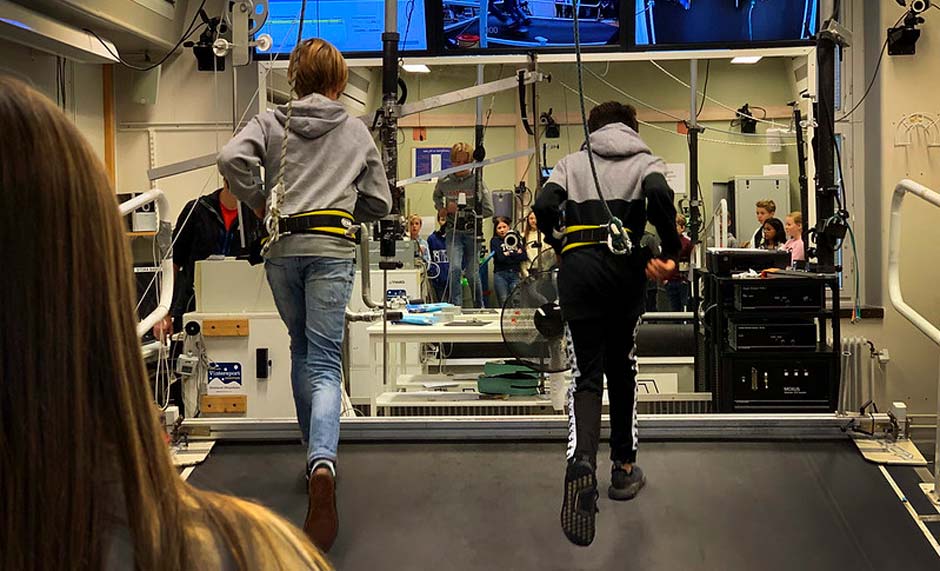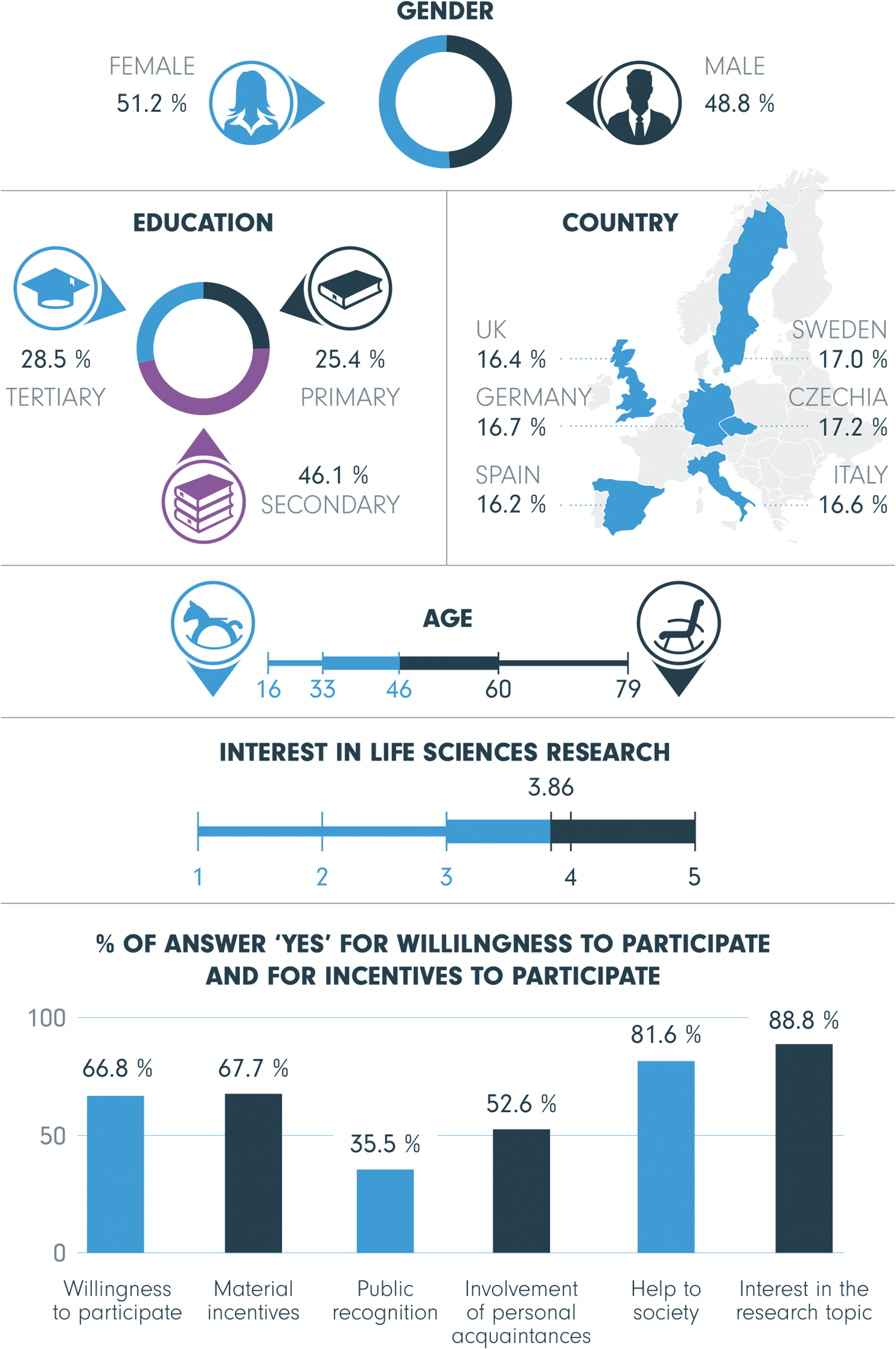In order to engage the public in science and design effective citizen science projects, it is important to understand the main motivations that drive individuals to engage in research. A pan-European study by the EU ORION Open Science project has revealed gender and age differences when it comes to the reasons that motivate members of the public to get involved in life sciences research.

The study shows that intrinsic motivations (personal interest in the research topic or project’s societal value) are particularly for women and older people. Extrinsic motivation (material incentives, the involvement of personal acquaintances, and public recognition), in contrast, may prove more helpful when targeting men and younger people.
The findings of the pan-European public attitudes survey on life sciences research and genome editing have recently been published in PLOSOne in a paper on “The motivation for citizens’ involvement in life sciences research is predicted by age and gender” by Martin Lakomý, Renata Hlavová, Hana Machackova and Markus Dettenhofer, CEITEC, Gustav Bohlin and Maria Lindholm, VA and Michela Bertero, CRG.
From December 2017 to February 2018 close to 6000 citizens in the Czech Republic, Germany, Italy, Spain, Sweden and the United Kingdom were asked about their attitudes to life sciences research and genome editing as well as if and how they would like to be involved in life sciences research. The ORION study ”Public attitudes to life sciences research in six European countries” was designed to map citizens’ expectations regarding science to inform and support research organisations on how to engage with the general public. The study was led by VA (Public & Science) in Sweden and CEITEC in the Czech Republic, both partners in the EU ORION project.
The paper brings relevant data and conclusions to help inform strategic decisions for engaging participants from different population groups in research projects. Many citizen science projects, which actively involve non-scientists in the research process, tend to attract certain population groups. These findings provide guidance for designing more effective ways of recruiting participants with regard to key individual characteristics. It also sheds more light on the barriers to participation related to specific incentives within the general public.

